Raw beans Archives Raw beans Wholesale Brazilian coffee producing areas Brazilian pectin sun coffee beans
Professional barista communication, please pay attention to coffee workshop (Weixin Official Accounts cafe_style)
Brazilian coffee
When it comes to coffee production, the first thing people think of is Brazil in South America, because it is the world's largest coffee producer. There are many types of Brazilian coffee, most of which are unwashed and dried. They are classified according to the state of origin and port of shipment. Brazil has 21 states, 17 of which produce coffee, but four of them produce the most, accounting for 98% of the country's total production.
Brazilian coffee taste with a low acidity, with the sweet and bitter taste of coffee, the entrance is extremely smooth, but also with a touch of grass aroma, in the fragrance slightly bitter, sweet smooth mouth, aftertaste can make people comfortable and carefree.
They are classified according to the state of origin and port of shipment. Brazil has 21 states, 17 of which produce coffee, but seven of them produce the most, accounting for 98% of the country's total production.
Brazil's terrain is mainly divided into two parts, one part is the Brazilian plateau above 500 meters above sea level, distributed in the central and southern Brazil, and the other part is the plain below 200 meters above sea level, mainly distributed in the Amazon River basin in the north and west.
São Paulo (Mogiana, Centro-Oeste)
Paraná (Norte Pionerio do Paraná)
Bahia (Planaltoda Bahia, Cerrado da Bahia, Atlantico Baiano)
Espírito Santo (Montanhas do Espírito Santo, Conilon Capixaba)
Minas Gerais (Sul de Minas, Cerrado Mineiro, Chapada de Minas, Matas de Minas)
Rond. nia)
Rio de Janeiro State
Sao Paulo, São Paulo
Mogiana/ Mogiana
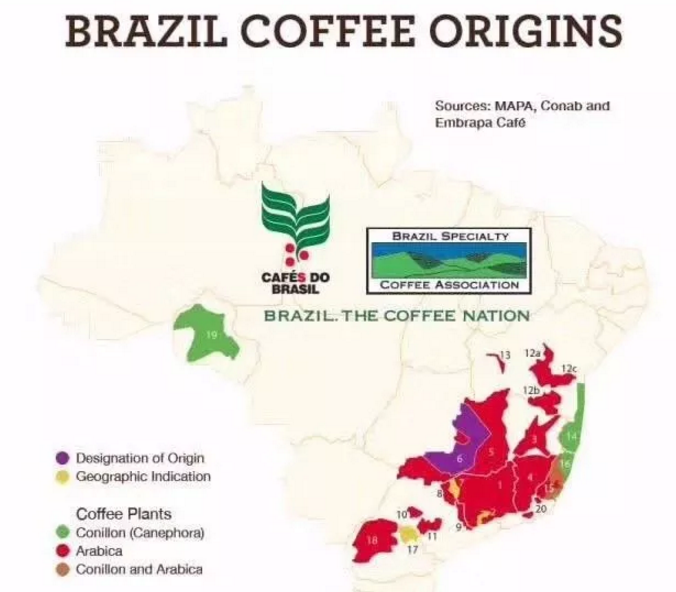
This area is very close to Minas South. Coffee is grown among shrubs, grass and other vegetation. There are many farming families in this area, some of which operate as traditional large-scale farms, while others operate on a small, modern scale. Modern technology blends mountain coffee culture to produce the highest quality green coffee beans.
Centro-Oeste /Midwest
(Gar? a,Marilia and Piraju)
Coffee growing in this area is generally done on large estates combined with traditional production lines. Although it appears that yields are decreasing, there is a growing quest to produce higher quality green beans.
About Santos, Brazil
Santos has a mellow, neutral taste and can be drunk alone. It is also a good choice to blend with other kinds of coffee beans. Santos does not have any outstanding advantages, but there are no obvious defects. The taste is mild and smooth, the acidity is low, the alcohol is moderate, and there is a hint of sweetness. These soft flavors are mixed together. To distinguish them one by one is the best test of taste buds, which is why many Santos fans love this coffee.
Santos coffee grows in Sao Paulo area, named after Santos, an Arabica tree descended from Bourbon Island in the 18th century, belonging to Bourbon subspecies (var. Bourbon)。Before the age of three to four years, Bourbon coffee trees produce small, twisted beans called Bourbon Santos, which are the more advanced Brazilian beans, usually called Brazil directly in the cafe. After the age of three or four years, Bourbon coffee trees only produce large, flat beans called Flat Bean Santos, which taste bland and are cheap.
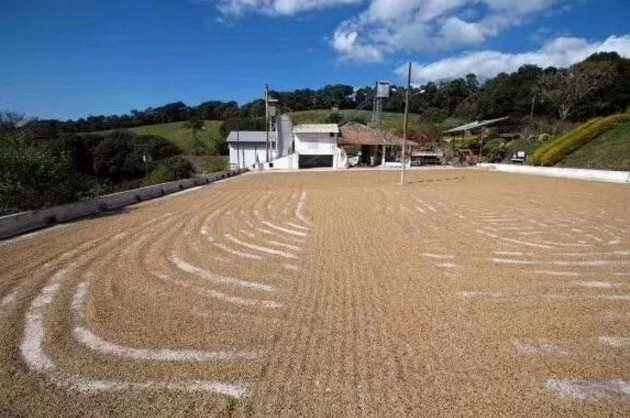
Parana, Parana
Norte Pionerio do Paraná
This state used to be Brazil's largest productive region and now boasts its own productive technologies.
After discovering a decline in yield per unit of coffee woodland, Parana producers created a new type of "closed cropping system." At present, a large number of coffee trees, saplings per hectare can better withstand the cold wind, but also to ensure more regular production.
Bahia, Bahia
Bahia/ Atlantico Baiano
Robusta beans are mainly produced on large farms.
Planaltoda Bahia
Located in central Bahia, this region produces mainly hand-sifted Arabica coffee. Water washing treatment method is mainly adopted.
Cerrado da Bahia
This region is located in the western part of Bahia and is widely considered to be the newest Brazilian coffee-growing region. Modern technology for irrigation and harvesting is widely used in this area.
Espirito Santo, Espírito Santo
Montanhas do Espírito Santo
Conilon Capixaba
The state is divided into two main regions, the north, where both large and small plantations grow Robusta beans, and the south, where typical mountain coffee is grown, generally in smaller quantities. This area has both washing and sun exposure.
Minas Gerais
Minas del Sur/ Sul de Minas
The small estate area produces about 8 - 10 million bags of coffee beans grown along the mountain. Suitable altitude, undulating terrain and favourable climate for coffee cultivation, concentrated rainfall in the months when fruit is needed and dry weather in the months when harvest is needed.
Cerrado Mineiro
Growing coffee in cirado (also known as savannah) is a triumph for brazilian coffee technology. An increasing number of large coffee plantations in Sirado use high technology for production, and very few regions do. Plateau climate, four distinct seasons, fruit maturity is very stable, in the harvest season will not be completely. Savannah coffee is usually sun-cured, which is a trend nowadays.
Chapada de Minas
In the northern part of Minas Gerais, the area is very small, but the quality of raw beans is among the highest in the world.
Minas Gerais Mountains/ Matas de Minas
A very large area with a very diverse ecosystem and the oldest coffee-growing area in Brazil, its highest elevation is the best area for processing coffee.
Rond? nia
This area mainly produces Robusta coffee.
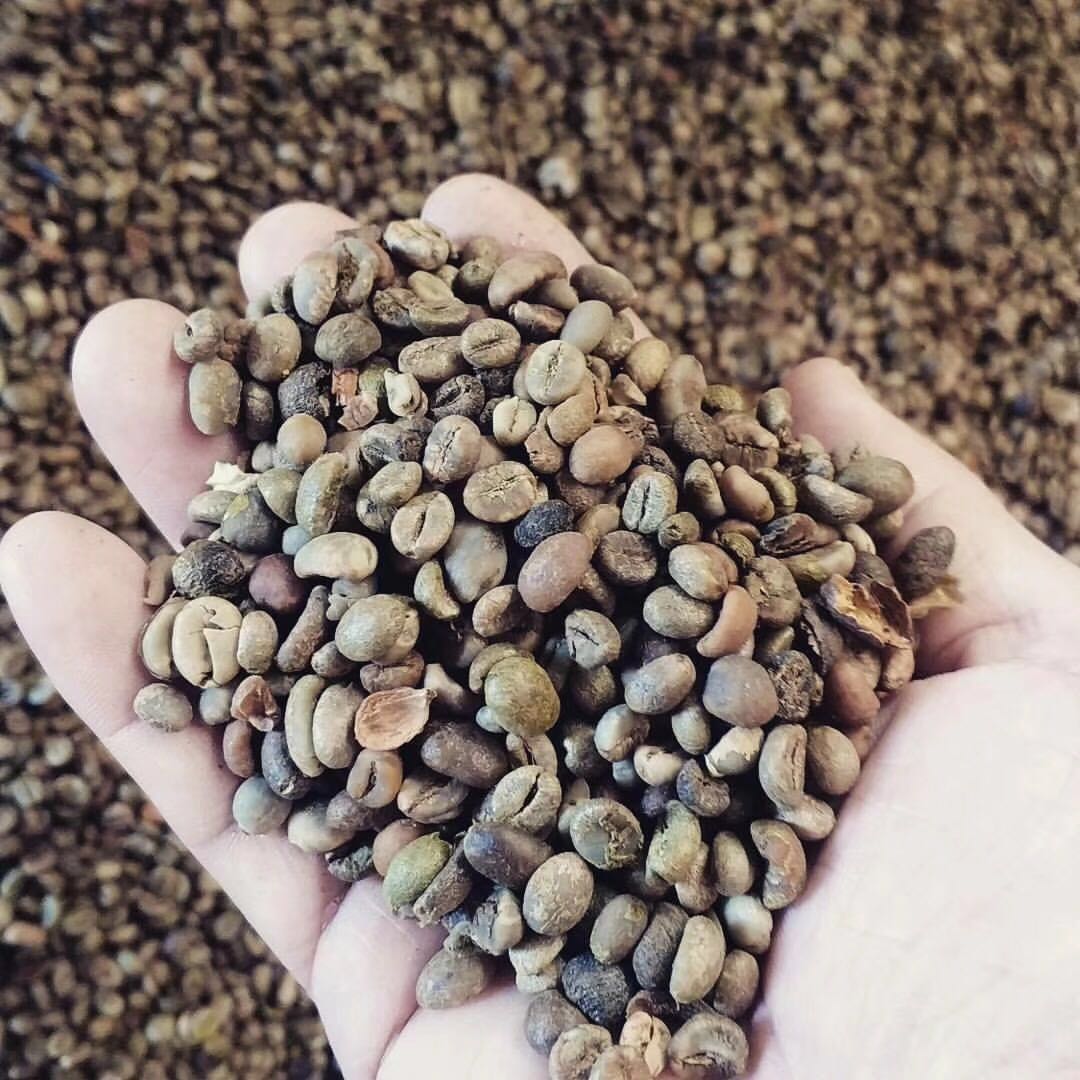
Rio de Janeiro State
Arabica is mainly cultivated. Compared with other production areas, it has excellent port traffic advantages.
Grading reference:
Brazilian coffee has a wide variety of processing methods, mainly solarization, classified according to the name of the state of origin and port of transportation.
Due to the scattered origin and uneven quality, the classification standards are not uniform:
Depending on the amount of impurities, NO.2~NO.8
Depending on the size of the beans, there are NO.13~NO.19
About Brazilian Fine Coffee Association
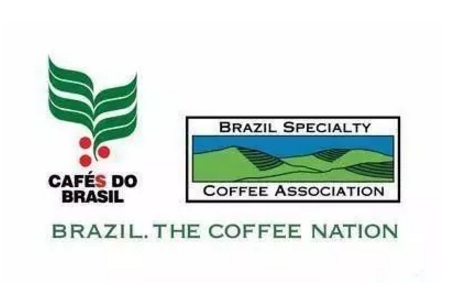
The Brazilian Specialty Coffee Association (BSCA), located in Varginha, Minas del Sur, is a non-profit coffee organization founded in 1991 by 12 Brazilian coffee producers.
BSCA aims to improve the quality of indigenous coffee production in Brazil and also to promote the commercialization and industrialization of Brazilian coffee, while developing ecological agriculture through cooperation with relevant national and international organizations to help the sustainable development of coffee-growing areas.
resources
Brazilian Fine Coffee Industry Association
Wikipedia
Brazilian pectin sun coffee beans
When it comes to solarization, Brazil is the most widely used; the disadvantage of solarization is that it is easy to mix defective beans, and the appearance between beans is poor.
Dry treatment (secado), also known as natural full sun method (natural).
Sunlight method is a kind of processing method of coffee fruit, its processing method is coffee cherry after harvest in the sun for 3~4 weeks, evenly turned several times a day, coffee cherry evenly heated, dried coffee fruit core and skin will be separated, and then to the hulling machine to remove the pulp, peel.. Wait, the screening is done.
There are two methods of fermentation, wet and dry, as the name suggests, the former with water, the latter without water. During the alcoholization process, the seeds and internal pulp will undergo special changes, which is one of the most influential steps in the water washing method. After washing, the coffee beans are still wrapped in the inner skin. The moisture content reaches 50%. They must be dried to reduce the moisture content to 12%. Otherwise, they will continue to be alcoholized and become moldy. The better treatment is to use sunlight drying, although it takes 1 - 3 weeks, but the flavor is excellent and quite popular. In addition, some places use machine drying, which greatly shortens the processing time and makes the flavor inferior to sun-dried coffee.
Brazil's vast coffee fields are mostly harvested mechanically for economic reasons. When 75% of the coffee fruit in the coffee garden turns red, the mechanical harvesting is started, followed by the same pre-operation of washing, which is transferred to the sink to remove the floating beans, sifting out the sunk beans, and then using a large pulp sifter to remove the pulp and remove the pods covered with pectin. The next stage is separate from the washing method: instead of moving the sticky pods to a tank for fermentation, they are moved to an outdoor drying field. Due to the dry climate in Brazil, the sticky pectin on the pods hardens in about a day.
Then use a lot of manpower to turn up and down, so that the pod evenly dry inside and outside, so as not to regain moisture and stink, about two to three days with the help of sunlight and dry climate natural forces, the pod can reach a certain degree of dehydration. Then further drying in a dryer to reduce the moisture content to 10.5--12%, and then storing the pods in special containers for about ten days, further ripening, in order to stabilize the quality, before export and then grinding off the sheepskin (i.e. pods), take out the coffee beans, graded packaging. Mucous membrane adhesion is very strong, and not easy to remove, must be placed in the tank about 18-36 hours, so that its alcohol, and decomposition of the mucosa.
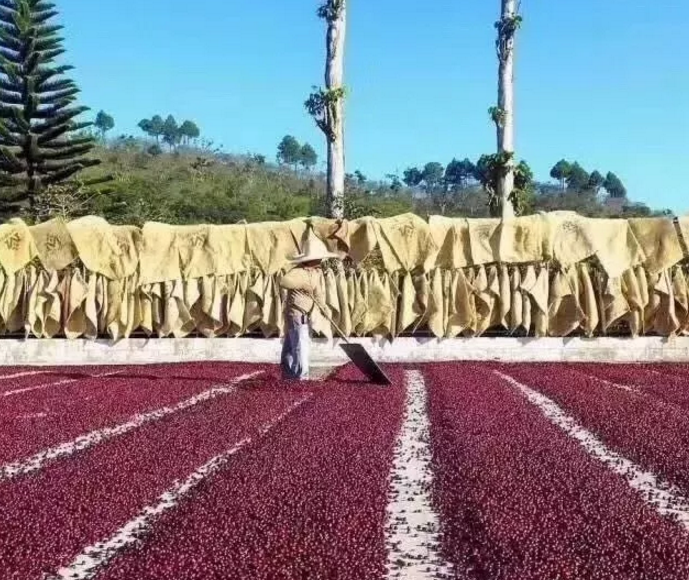
Coffee fruit after picking, directly in the sun drying, depending on the weather conditions, generally to dry 1- 2 weeks, so that the water content of coffee beans reduced to 10%-12%, and then remove the dry peel pulp with a machine. Beneficio plants generally retain the parchment (pergamino) on the outside of the beans when they are stored and remove it before export (Costa Rican law states that green coffee beans cannot be exported with a parchment). This treatment generally requires sufficient sunlight in the area of origin.
When it comes to coffee production, the first thing people think of is Brazil in South America, because it is the world's largest coffee producer. There are many types of Brazilian coffee, most of which are unwashed and dried. They are classified according to the state of origin and port of shipment. Brazil has 21 states, 17 of which produce coffee, but four of them produce the most, accounting for 98% of the country's total production.
Brazilian coffee taste with a low acidity, with the sweet and bitter taste of coffee, the entrance is extremely smooth, but also with a touch of grass aroma, in the fragrance slightly bitter, sweet smooth mouth, aftertaste can make people comfortable and carefree.
Important Notice :
前街咖啡 FrontStreet Coffee has moved to new addredd:
FrontStreet Coffee Address: 315,Donghua East Road,GuangZhou
Tel:020 38364473
- Prev
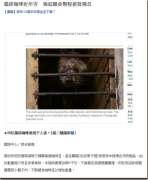
Kopi Luwak is inhumane coffee? Not all civets are abused!
The exchange of professional baristas please follow the coffee workshop (Wechat official account cafe_style) yesterday, the editor saw the following picture. The mood is a little mixed. Citing the British Guardian, civet (masked palm civet or cat shit) coffee beans have become popular in recent years. Civets are raised by producers of civets. In order to increase the output of civets coffee beans, the civets are kept in small cages and continuously fed with coffee.
- Next
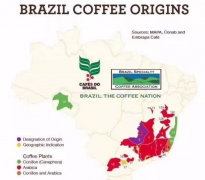
Wikipedia Brazil introduces Brazilian Coffee characteristics of Brazilian Coffee
Communication of professional baristas Please follow the coffee workshop (Wechat official account cafe_style) Brazil Coffee mentions the origin of coffee, the first thing that comes to mind is Brazil in South America, because it is the largest coffee producer in the world. There is a wide variety of Brazilian coffee, the vast majority of which are unwashed and sun-dried, classified according to the name of the state of origin and the port of transport. Brazil has 2.
Related
- Detailed explanation of Jadeite planting Land in Panamanian Jadeite Manor introduction to the grading system of Jadeite competitive bidding, Red bid, Green bid and Rose Summer
- Story of Coffee planting in Brenka region of Costa Rica Stonehenge Manor anaerobic heavy honey treatment of flavor mouth
- What's on the barrel of Blue Mountain Coffee beans?
- Can American coffee also pull flowers? How to use hot American style to pull out a good-looking pattern?
- Can you make a cold extract with coffee beans? What is the right proportion for cold-extracted coffee formula?
- Indonesian PWN Gold Mandrine Coffee Origin Features Flavor How to Chong? Mandolin coffee is American.
- A brief introduction to the flavor characteristics of Brazilian yellow bourbon coffee beans
- What is the effect of different water quality on the flavor of cold-extracted coffee? What kind of water is best for brewing coffee?
- Why do you think of Rose Summer whenever you mention Panamanian coffee?
- Introduction to the characteristics of authentic blue mountain coffee bean producing areas? What is the CIB Coffee Authority in Jamaica?

